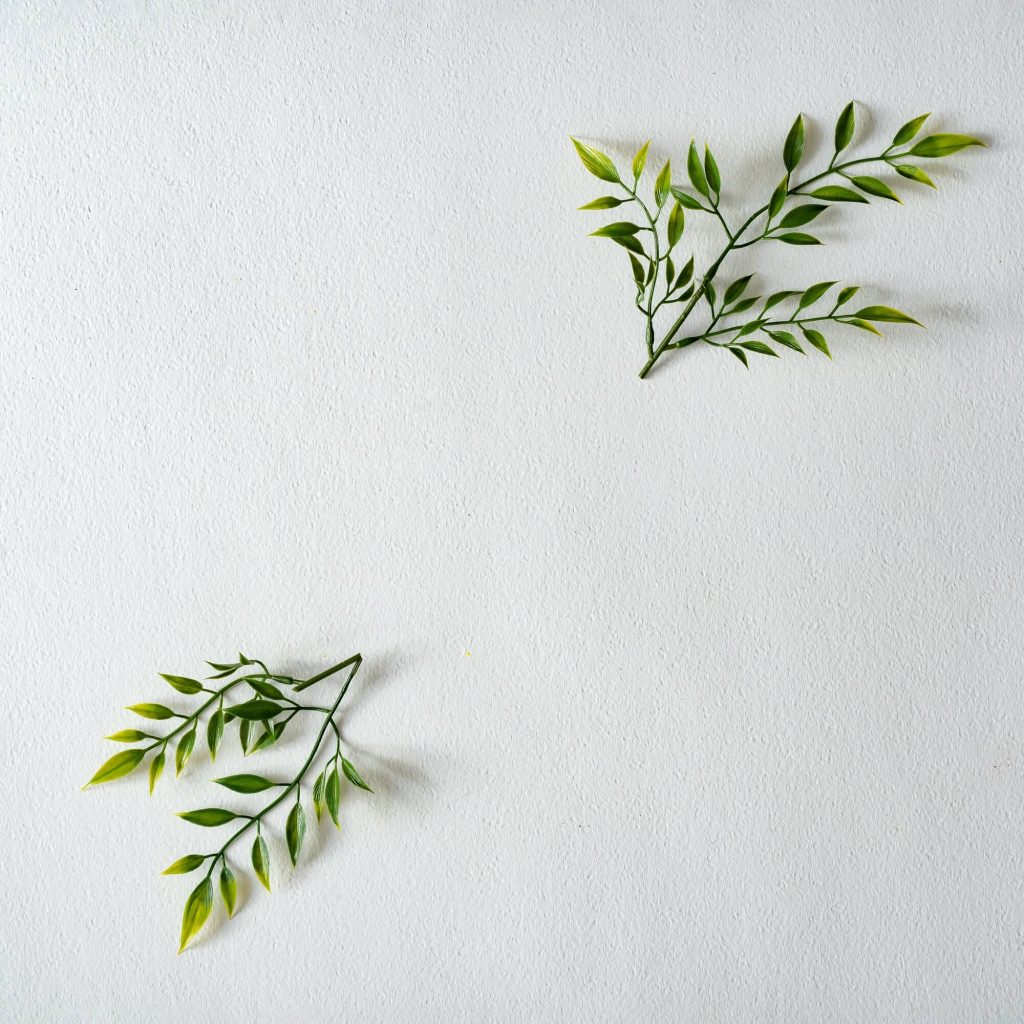Hardwood vs Softwood: Understanding the Key Differences
When it comes to choosing the right type of wood for your next project, it’s important to understand the fundamental differences between hardwood and softwood. While both types of wood have their own unique characteristics and benefits, it’s essential to choose the right type of wood that suits your needs and requirements.
What is Hardwood?
Hardwood refers to the wood obtained from deciduous trees, also known as broad-leaved trees, which shed their leaves annually. Hardwoods are denser, harder, and more durable than softwoods and are often used in high-end furniture, flooring, and cabinetry. Some of the most popular hardwoods include oak, maple, cherry, and walnut.
What is Softwood?
Softwood, on the other hand, refers to the wood obtained from coniferous trees, also known as evergreen trees, which retain their needles all year round. Softwoods are lighter, softer, and more flexible than hardwoods and are often used in construction, such as building framing, roofing, and flooring. Some of the most popular softwoods include pine, cedar, and spruce.
Key Differences
When comparing hardwoods and softwoods, there are several key differences to consider.
Grain
One of the most significant differences between hardwoods and softwoods is their grain. Hardwoods have a fine, dense grain pattern, while softwoods have a coarser, more porous grain pattern. This difference in grain affects the overall look and feel of the wood, as well as its durability and resistance to wear and tear.
Density
Another key difference between hardwoods and softwoods is their density. Hardwoods are denser and heavier than softwoods, which makes them more durable and resistant to damage. This density also makes hardwoods more difficult to work with, as they require more powerful tools and more experience to work with.
Color
The color of hardwoods and softwoods can also vary greatly, with hardwoods often having a darker, richer color than softwoods. This color difference is due to the fact that hardwoods are denser and more porous than softwoods, which allows them to absorb stains and finishes more readily.
Price
The cost of hardwoods and softwoods can also vary greatly, with hardwoods being more expensive than softwoods due to their greater density and durability. However, the cost of both types of wood can also vary depending on the specific species and where it is sourced from.
Choosing the Right Type of Wood
When choosing the right type of wood for your next project, it’s important to consider your specific needs and requirements. If you’re looking for a strong, durable, and long-lasting material for your project, hardwoods may be the right choice for you. If, on the other hand, you’re looking for a lighter, more flexible, and cost-effective option, softwoods may be the better choice.
Final Thoughts
Hardwoods and softwoods each have their own unique characteristics and benefits, and the right type of wood for your project will depend on your specific needs and requirements. Whether you’re looking for a strong and durable material, a lighter and more flexible option, or something in between, both hardwoods and softwoods have a lot to offer. So, choose the right type of wood for your project and get started on your next DIY project today!

